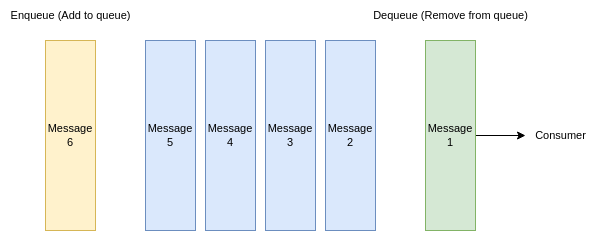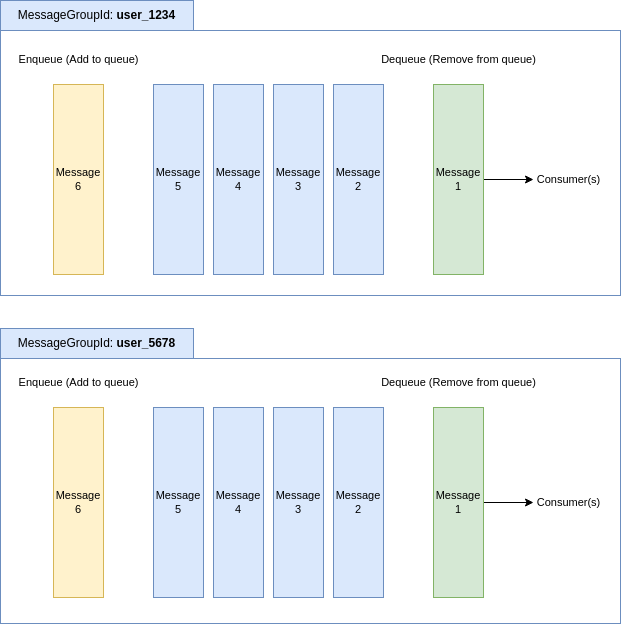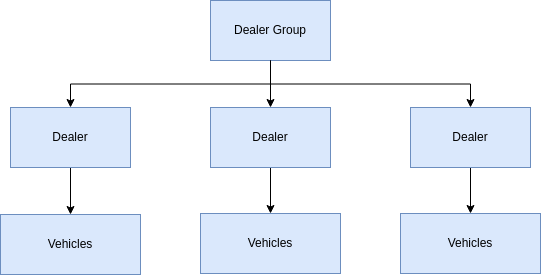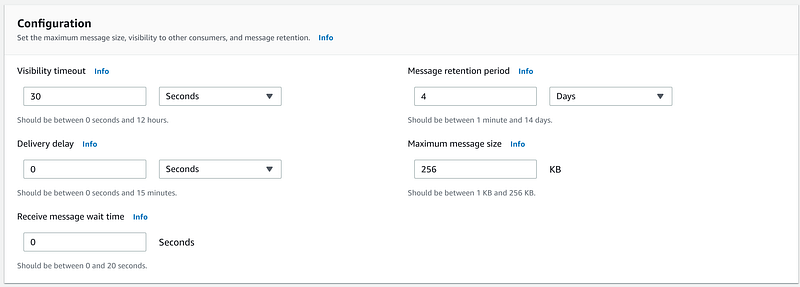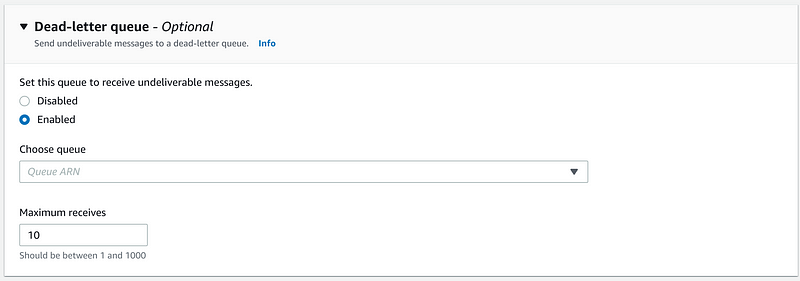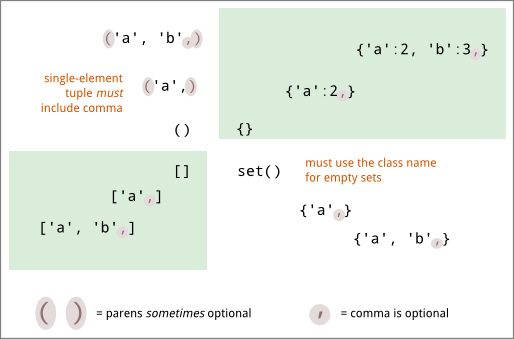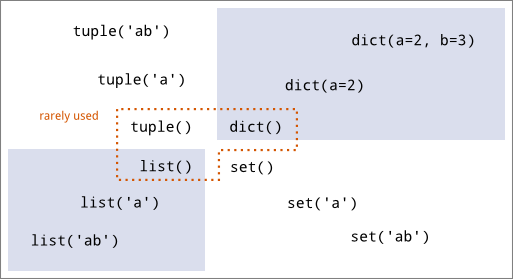Are you a Python enthusiast looking to take your projects to the next level? As a Python developer, the hosting environment plays a crucial role in the performance and scalability of your applications. In this guide, we’ll explore the intricacies of Python hosting, providing insights and tips to ensure your Python-powered projects thrive in the online world.
Decoding Python Hosting: Navigating the Technical Landscape
Before we dive into the hosting specifics, let’s unravel the technical aspects of Python hosting. From server configurations to compatibility considerations, understanding the essentials will empower you to make informed decisions that align with your development goals.
For a comprehensive understanding of Python hosting, check out this detailed hosting guide.
Python Hosting Providers: Finding the Right Match
Not all hosting providers are created equal, especially when it comes to catering to the unique requirements of Python developers. Explore a curated list of hosting providers that excel in supporting Python applications. Whether you’re working on a Django web app or a data science project, discover hosting solutions tailored to your Python-centric needs.
Discover top Python hosting providers that cater to a variety of Python applications.
Optimizing Performance with Python: Hosting Best Practices
Python’s versatility extends beyond coding practices; it influences how your applications perform in a hosting environment. Learn about best practices for optimizing Python applications on various hosting platforms. From efficient resource utilization to harnessing the power of cloud services, we’ll guide you through strategies to enhance your Python projects.
For actionable tips on optimizing Python performance in your hosting environment.
Securing Your Python Deployment: Hosting with Confidence
Security is paramount in the digital landscape. Gain insights into securing your Python deployments on hosting platforms. We’ll cover topics such as SSL implementation, firewall configurations, and other security measures to ensure your Python applications are robust and resilient.
Explore advanced security measures.
Connecting the Dots: Python Hosting and Your Development Journey
As we explore the dynamic realm of Python hosting, we’ll connect the dots between hosting choices and your overall development journey. Whether you’re a seasoned Python developer or just starting with the language, this guide aims to empower you with the knowledge to make hosting decisions that align with your unique Python projects.
Conclusion: Elevate Your Python Projects with Informed Hosting Choices
In conclusion, the right hosting environment can significantly impact the success of your Python projects. Armed with insights from this guide, you’re poised to make hosting decisions that amplify the capabilities of your Python applications. Here’s to a hosting journey that aligns seamlessly with your Python development endeavors!
Note: if you’re looking for a wordpress guide, drop by their wordpress hosting guide – I’ve learned quite a bit from it, and I believe so can others.




